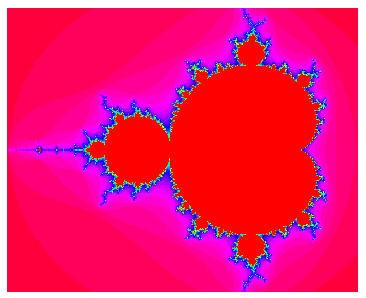Source: Barry, Norman, "The Tradition of Spontaneous Order," Library of Economics and Liberty
"The simplest way of expressing the major thesis of the theory of spontaneous order is to say that it is concerned with those regularities in society, or orders of events, which are neither (1) the product of deliberate human contrivance (such as a statutory code of law or a dirigiste economic plan) nor (2) akin to purely natural phenomena (such as the weather, which exists quite independently of human intervention). While the words conventional and natural refer, respectively, to these two regularities, the 'third realm,' that of social regularities, consists of those institutions and practices which are the result of human action but not the result of some specific human intention.The idea of "spontaneous order" apparently goes back to Adam Ferguson while it was Adam Smith who found the metaphor of the "hidden hand". I see spontaneous order as a specific example of emergence. In many systems we can see properties of the system that emerge due to the interaction of behaviors of the parts in ways that are not obvious from investigating the parts themselves. Thus looking at mound building ants it is not obvious that they will collectively build mounds oriented to the sun that moderate temperature by channeling breezes, nor is it obvious looking at the individual cells of the brain that they will collectively organize the behavior of the body nor direct the posting on blogs. Spontaneous order is applied to emergence in which the elemental particles are human beings and the interactions are social.
"Despite the complexity of the social world, which seems to preclude the existence of regularities which can be established by empirical observation, there is a hypothetical order which can be reconstructed out of the attitudes, actions, and opinions of individuals and which has considerable explanatory power. What is important about the theory of spontaneous order is that the institutions and practices it investigates reveal well-structured social patterns, which appear to be a product of some omniscient designing mind yet which are in reality the spontaneous co-ordinated outcomes of the actions of, possibly, millions of individuals who had no intention of effecting such overall aggregate orders. The explanations of such social patterns have been, from Adam Smith onwards, commonly known as 'invisible hand' explanations since they refer to that process by which "man is led to promote an end which was no part of his intention." It is a major contention of the theory of spontaneous order that the aggregate structures it investigates are the outcomes of the actions of individuals. In this sense spontaneous order is firmly within the tradition of methodological individualism."
Think also of the difference between teleological processes, those which result from planning, versus teleonomic processes, those in which order appears unplanned as a result of feedback or selection.

No comments:
Post a Comment